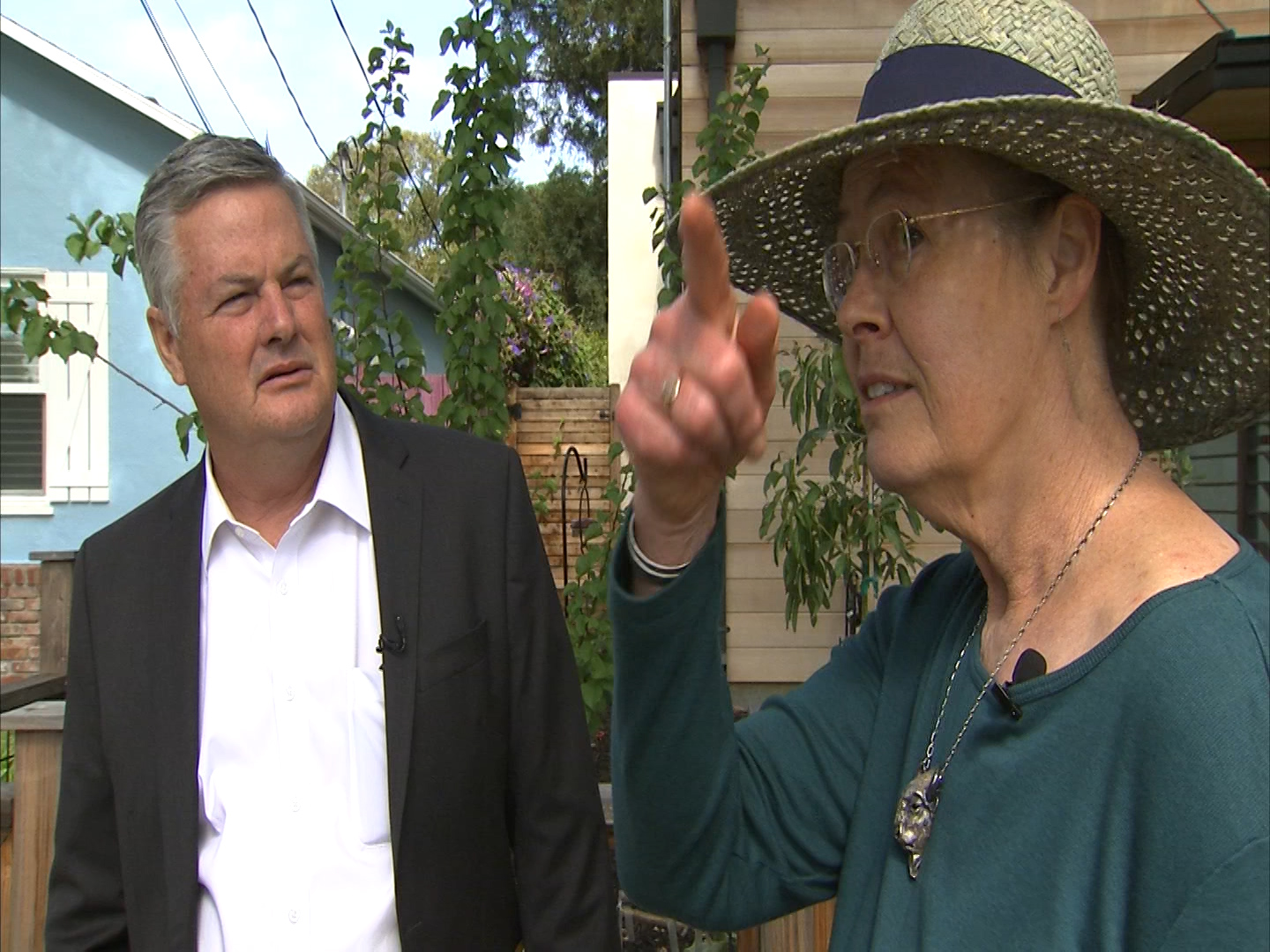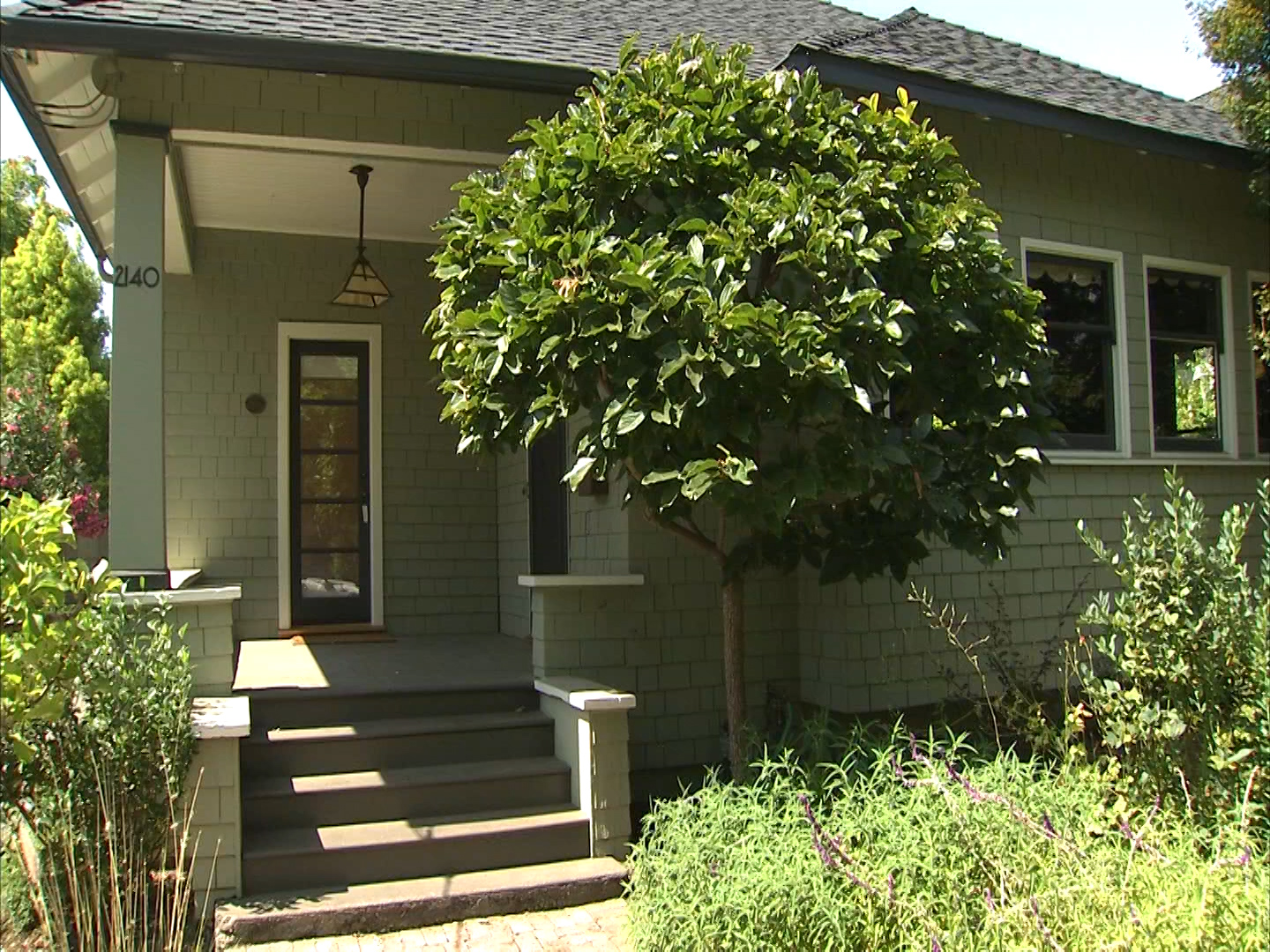This story is part of a multi-newsroom investigative project involving Reveal from The Center for Investigative Reporting, The Mercury News, KQED and Telemundo 48 Área de la Bahía.
From Hewlett-Packard computers to Google search engines, Stanford University is credited with some of Silicon Valley’s biggest innovations. But is the university also partly to blame for the region’s biggest problem – the housing crisis?
The NBC Bay Area Investigative Unit in conjunction with Telemundo 48Area de la Bahia, the Mercury News, KQED, and REVEAL from the Center for Investigative Reporting analyzed more than 500,000 property records for 2018 as part of a joint investigation to find out “Who Owns Silicon Valley.”
Records show that Stanford is by far the wealthiest landowner in Santa Clara County with $19.7 billion in assessed property.
One of the oldest institutions in the county, Stanford has accumulated thousands of acres in property including its main campus, open land, commercial offices, and the Stanford Shopping Center.
But the university’s more recent foray into the housing market now has residents calling for the government to intervene.
OWNED BY STANFORD
Local
When railroad mogul Leland Stanford donated 8,000 acres of farmland to found Stanford University in 1885, he stipulated that any land owned by the school could never be sold to the public, establishing a constraint that survives to this day.
Residents in Palo Alto argue this restriction contributes to the housing crunch because homes purchased by Stanford can never return to the open market.
“They buy these properties and they leave them empty,” Pria Graves told NBC Bay Area as she took us on a tour through her College Terrace neighborhood. In recent years, Graves and her neighbors began tracking homes purchased by Stanford and found a majority of the houses sitting empty.
“There’s homeless in this area, yet they’ve got all these properties that they’re leaving empty,” Graves said.


According to university officials, in 2010 Stanford started buying houses in and around the College Terrace neighborhood as part of a new ground lease program for faculty and staff. The university keeps the land, but allows employees to buy the house at a price around 50 percent below market rate.
Stanford believes the program serves as an important incentive to help recruit some of the top minds from around the world. But in a region already short on housing, Graves believes the program helps make Palo Alto even more exclusive.
“I don’t think we want the entire neighborhood bought up by Stanford,” Graves said.
According to university officials, Stanford owns 37 homes in Palo Alto near campus. As of September, 22 of those homes were vacant and waiting to be sold to staff or undergoing renovations.
“That’s one of the things that some of my neighbors are saying. Stanford clearly intends to buy up the entire neighborhood and complete the work that Leland was not able to,” Graves said. “It changes the diversity of residents because you don’t have the option of having a musician or an artist or a writer or some of these other people we have in the neighborhood.”
NBC Bay Area reached out to Stanford to ask about their overall housing strategy and responsibilities. After initially agreeing to an on camera interview, university officials backed out and would only speak to us off camera. During a meeting with representatives from the university’s faculty housing and community relations team, Stanford blamed Palo Alto and Santa Clara County elected leaders for the current housing situation.
Stanford said they would love to build enough housing for all their faculty, but it can take 15 years just to get a project approved by local governments. In the meantime, they say they’re forced to buy housing that’s currently available.
JOBS, HOUSING, AND GOVERNMENT
Palo Alto Mayor Eric Filseth disagrees with Stanford’s assertion that it’s difficult to build housing in his city.
“We don’t turn down housing projects, we approve everything that comes in front of us,” Filseth said. “The reality is, it’s more of an economic issue. Economics favor other kinds of development than residential. The city isn’t sitting here turning down housing projects.”
Still, Filseth believes that government officials could do more to encourage land owners to build homes instead of offices.
“Stanford is a private institution and it shares a lot of characteristics with the tech giants, Google and Facebook,” Filseth said. ”It’s the interaction between the government and private sector. If you’re in the private sector and you’re a private institution, you have a criteria that you’re incentivized to meet. I think the government’s role is to set the environment that [private institutions] can be turned loose to go achieve those goals. I think that’s the interaction going on between Stanford and the county.”
Stanford officials point out that in November 2016, the university submitted a new General Use Permit application to the county that would allow Stanford to build more than 3,000 new housing units on campus land by 2035. But on Friday, Stanford decided to withdraw its application, believing that the Board of Supervisors would reject the proposal later this month.
If you have a tip for the Investigative Unit, give us a call at 1-888-996-8477, or you can reach us via email at TheUnit@nbcbayarea.com.



